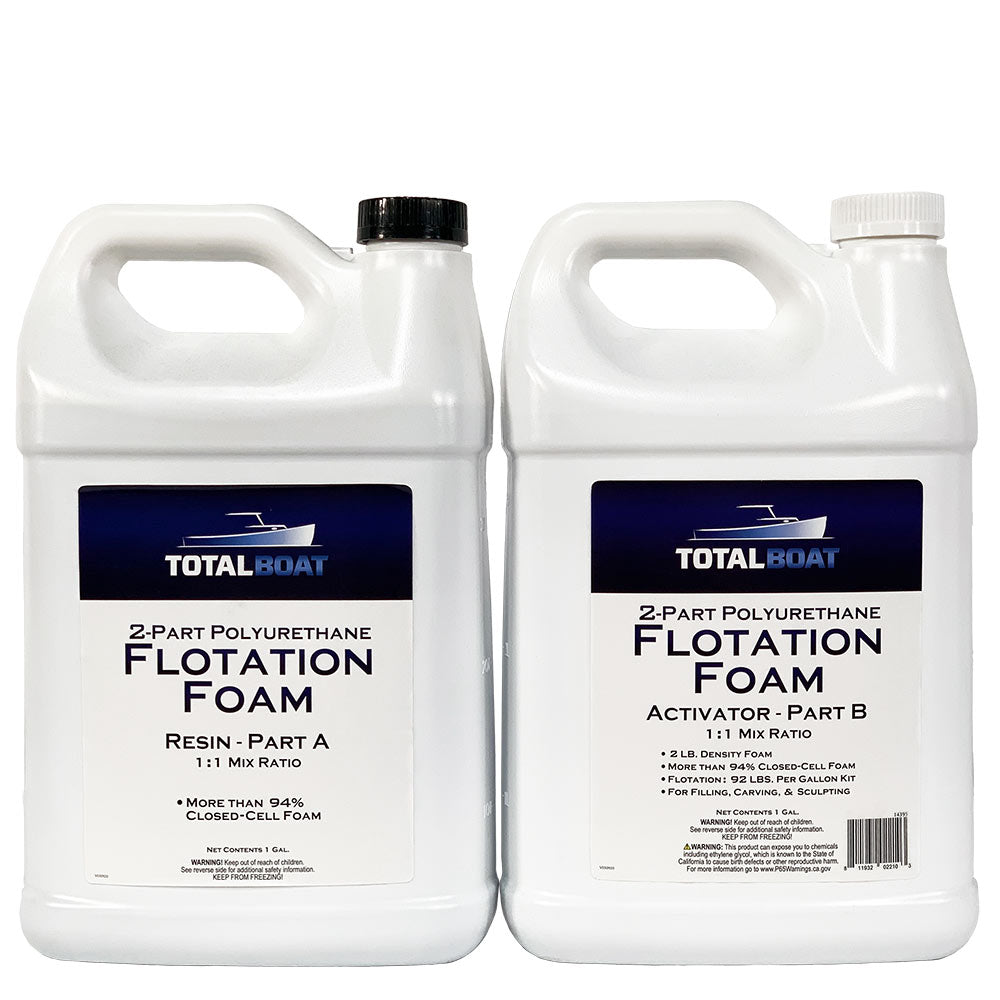I've read hundreds of posts about compression and all the clever ways of interpreting/achieving the force that the cell manufacture's data sheet calls out, so I'm wondering why two of the largest battery manufacturers, CATL and EVE just take a very simple approach: They just line up the cells, apply X-amount of force and then quickly laser weld an aluminum sheet metal surround and call it good? No springs, no foam, no insulation between cells. One would think that if they're mass producing battery packs made of prismatic cells they would be very concerned about getting it right or face a ton of product returns or potential damage liability.
You can see in the following two videos that they do compress the cells before welding up the case, but there's no evidence of any method or mechanism that would allow the cell to "breathe" once it's fixture was set.
These are the guys that are writing the data sheets that we're trying to interpret, wouldn't this be a physical example of what they're trying to say?
EVE Pack Assembly. Note the compression mechanism at the 30-second mark of the timeline.
CATL LFP Battery Production. Cell compression starts at about the 1:58 point in the timeline.





